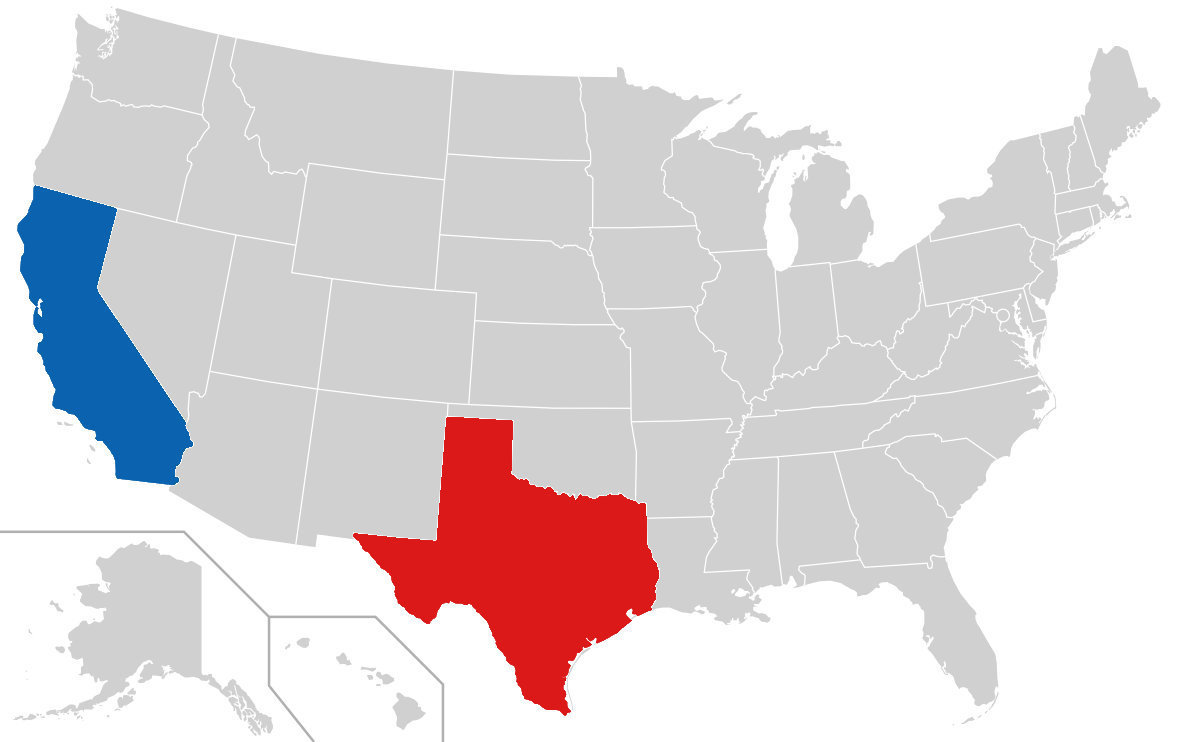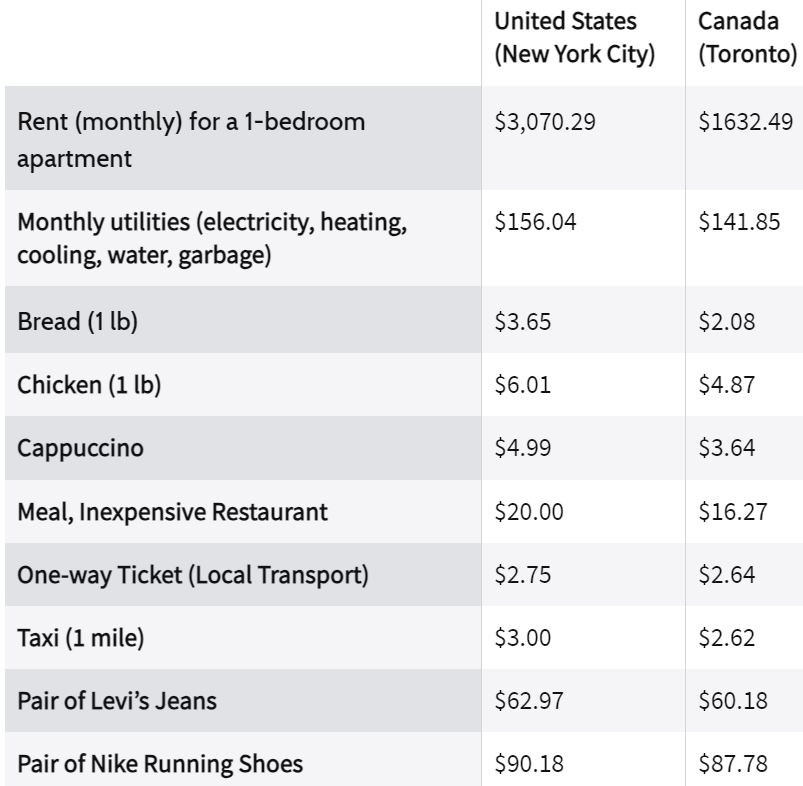Where will be the safest place to live in 2050?

As the effects of climate change continue to impact the world, many people are wondering where the safest places to live will be in 2050. According to a recent article on Forbes, there are several regions that are deemed to be the most climate-resilient when it comes to natural disasters.
One such region is Scandinavia, which is known for its relatively low risk of earthquakes, tsunamis, and hurricanes. In addition, the region has strong building codes and infrastructure in place to withstand severe weather events. Countries like Norway, Sweden, Denmark, and Finland are seen as safe havens for those looking to escape the brunt of climate change.
Another region that is considered to be a safe place to live in 2050 is New Zealand. The island nation has strict building codes and policies in place to mitigate the impact of natural disasters. In addition, the country is located away from major fault lines and is less vulnerable to extreme weather events.
In the United States, cities like Portland, Oregon, and Boulder, Colorado, are seen as desirable places to live in 2050 due to their proactive stance on climate change and disaster preparedness. These cities have implemented measures such as green infrastructure, urban planning, and community engagement to reduce their vulnerability to natural disasters.
On the other hand, regions like Southeast Asia and parts of Africa are considered to be more vulnerable to the impacts of climate change. Countries like Bangladesh, the Philippines, and Madagascar face challenges such as sea-level rise, flooding, and tropical cyclones, making them less desirable places to live in the future.
Overall, the safest places to live in 2050 will be those that have taken proactive measures to address the impacts of climate change and natural disasters. Regions with strong building codes, infrastructure, and disaster preparedness will be better equipped to withstand the challenges of a changing climate.




